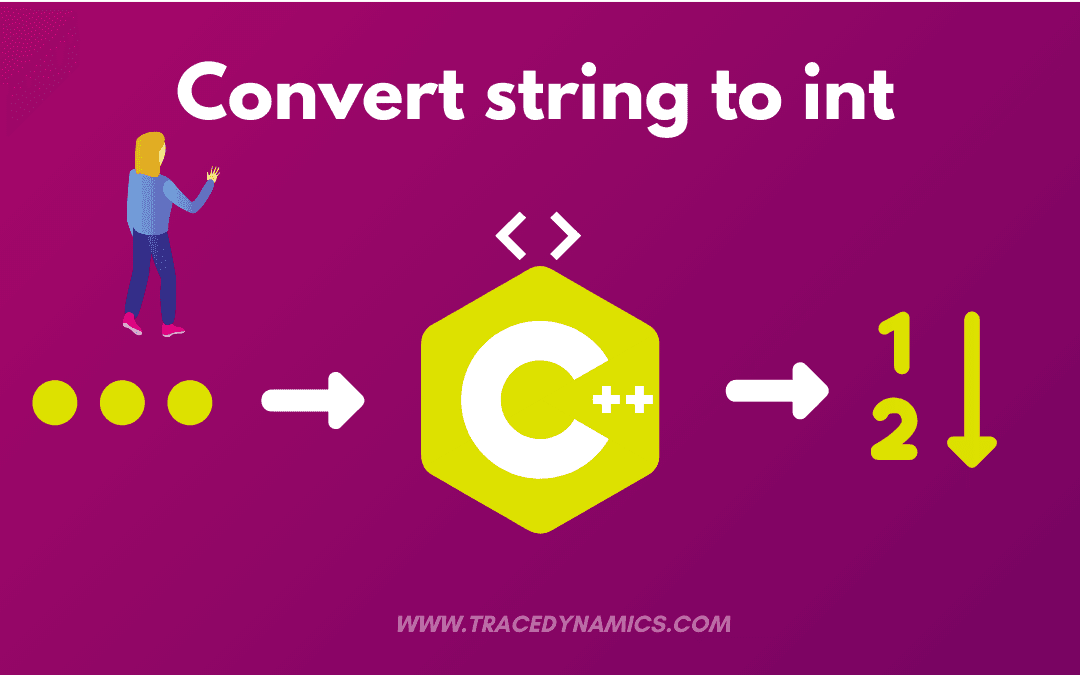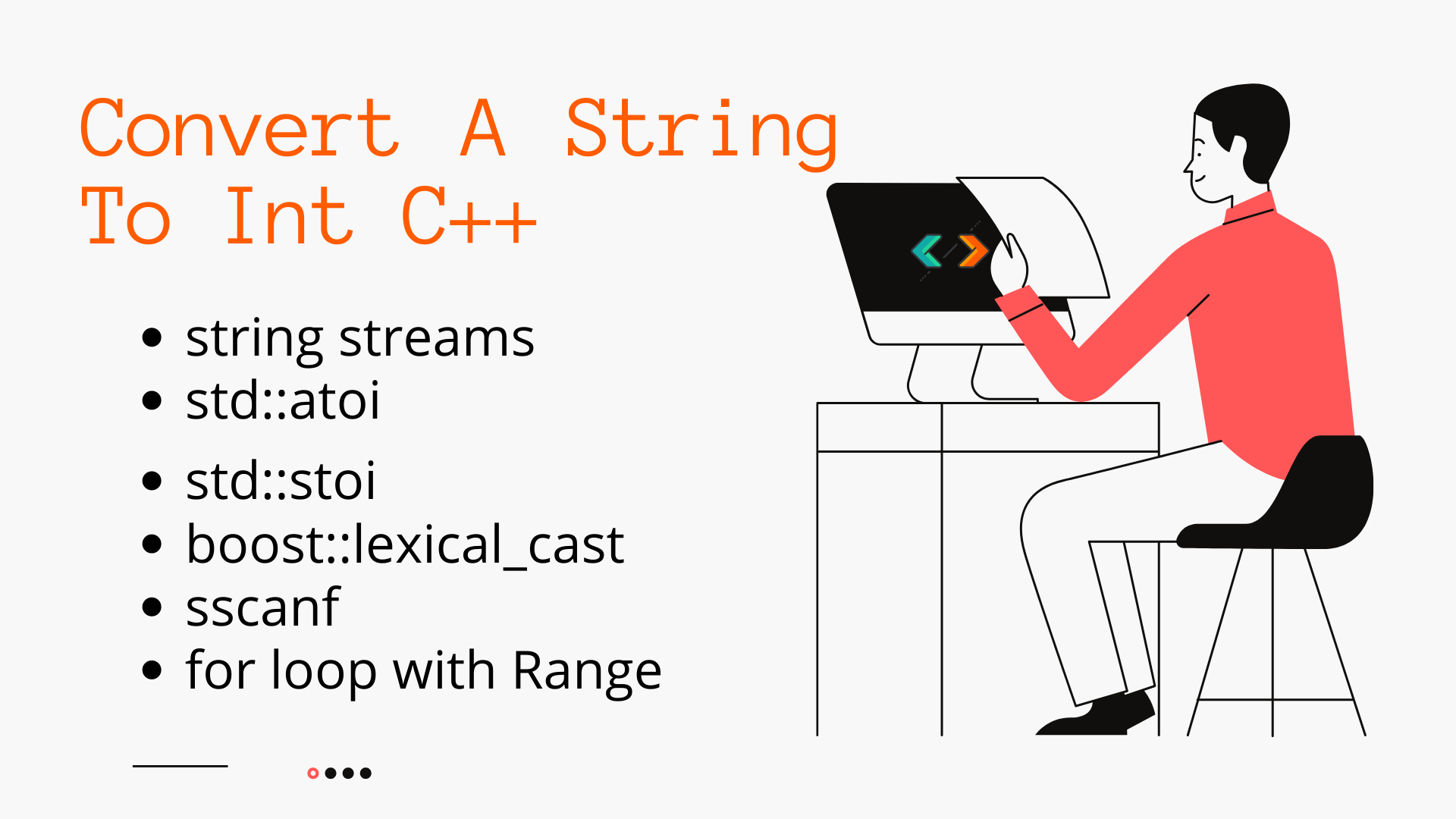
C++, Java, Javascript, Python
In the realm of data structures, linked lists hold a unique position for their dynamic nature and flexibility. This article explores the art of linked list reversal across five popular programming languages: C, C++, Python, JavaScript, and Java.
What is a Linked List
A linked list, used in computer programming, is a linear data structure comprising a sequence of elements. Each element, or node, connects to another in the sequence through a ‘link’ or ‘pointer’. Unlike arrays, linked list elements don’t occupy contiguous memory locations. A node holds data and a reference to the next node. This structure facilitates efficient insertion and removal of elements without the need to shift elements in memory. Linked lists are particularly useful when the number of elements is variable or unknown.
Understanding the Challenge:
A linked list is a linear collection of nodes, where each node contains data and a reference to the next node in the sequence. Reversing a linked list involves altering the references of each node to reverse the order of elements.
Unveiling the Mystery: Reverse a Linked List:
Let’s explore how to reverse a linked list in different programming languages.
- C: In C, the iterative approach using pointers and the struct keyword is common for linked list reversal.
struct Node {
int data;
struct Node* next;
};
struct Node* reverse_list(struct Node* head) {
struct Node* prev = NULL;
struct Node* curr = head;
while (curr) {
struct Node* next = curr->next;
curr->next = prev;
prev = curr;
curr = next;
}
return prev;
}
C++: C++ uses classes and templates, allowing more structured code for linked list reversal.
class Node {
public:
int data;
Node* next;
};
Node* reverse_list(Node* head) {
Node* prev = nullptr;
Node* curr = head;
while (curr) {
Node* next = curr->next;
curr->next = prev;
prev = curr;
curr = next;
}
return prev;
}
Python: Python simplifies linked list manipulation with built-in functionalities and straightforward iterative approaches.
class Node:
def __init__(self, data):
self.data = data
self.next = None
def reverse_list(head):
prev = None
curr = head
while curr:
next_node = curr.next
curr.next = prev
prev = curr
curr = next_node
return prev
JavaScript: JavaScript offers object literals and function closures for both iterative and recursive linked list reversal.
class Node {
constructor(data) {
this.data = data;
this.next = null;
}
}
function reverseList(head) {
let prev = null;
let curr = head;
while (curr) {
const next = curr.next;
curr.next = prev;
prev = curr;
curr = next;
}
return prev;
}
Java: Java uses classes and references, with both iterative and recursive approaches possible for linked list reversal.
class Node {
int data;
Node next;
public Node(int data) {
this.data = data;
this.next = null;
}
}
public class ReverseLinkedList {
public static Node reverseList(Node head) {
Node prev = null;
Node curr = head;
while (curr != null) {
Node nextTemp = curr.next;
curr.next = prev;
prev = curr;
curr = nextTemp;
}
return prev;
}
}
Choosing Your Weapon:
The most suitable approach for reversing a linked list depends on various factors, including language-specific features, code complexity, and personal preference.
Beyond the Challenge: Expanding Your Horizons:
Understanding linked list reversal is fundamental for mastering data structures and algorithms. This skill is crucial across various programming languages, empowering you to navigate the landscape of data structures confidently.
Frequently Asked Questions
What is a linked list in programming?
A linked list is a data structure consisting of nodes, each containing data and a reference to the next node in the sequence.
How do you reverse a linked list in C?
In C, you reverse a linked list by changing the next pointers of its nodes so that they point to the previous nodes in the list.
Is the approach to reverse a linked list in C++ different from C?
C++ follows a similar approach to C for reversing a linked list but often uses object-oriented concepts for implementation.
Can you reverse a linked list recursively in Python?
Yes, in Python, a linked list can be reversed recursively by reassigning the next pointers in each call stack.
What are the challenges of reversing a linked list in JavaScript?
In JavaScript, reversing a linked list can be tricky due to its dynamic typing and lack of pointers compared to languages like C and C++.
How do you handle memory management when reversing a linked list in Java?
In Java, memory management is handled by the Garbage Collector, which frees up memory once objects are no longer in use.
What is an iterative method for linked list reversal?
An iterative method involves looping through the list and reversing the direction of the pointers until the entire list is reversed.
Is it more efficient to reverse a linked list iteratively or recursively?
The efficiency depends on the context and constraints. Iterative methods are generally considered more memory-efficient.
How does a recursive reversal of a linked list work in C++?
Recursive reversal in C++ involves function calls where each node points to its previous node, effectively reversing the list.
What are the base cases for recursive linked list reversal in Python?
The base cases for recursion in Python include reaching the end of the list or a list with only one node.
Can an empty linked list be reversed in JavaScript?
Yes, but reversing an empty linked list in JavaScript will simply return the empty list as there are no nodes to reverse.
Do you need to update the head pointer when reversing a linked list in Java?
Yes, after reversing a linked list in Java, you need to update the head pointer to point to the new first node.
What is a 'Node' class in the context of linked lists?
The ‘Node’ class typically represents the structure of each element in a linked list, containing data and a reference to the next node.
In C, how do you handle pointers when reversing a linked list?
In C, pointers are manipulated to change the direction of the ‘next’ references in each node during the reversal process.
Are there any specific libraries needed for linked list reversal in Python?
No specific libraries are needed in Python for linked list reversal; it can be done using standard language features.

C++
In the realm of programming, data type conversions are commonplace. Among these, the transformation of a string to an integer (int) in C++ holds notable significance. This conversion is pivotal as it allows the manipulation and utilization of numeric data that initially exists in string format, which is often the case when dealing with user input or reading from files.
C++ provides a variety of methods to achieve this conversion, encompassing functions like stoi or atoi, and stream classes. Each method comes with its own set of advantages, catering to different scenarios and requirements. Through this guide, we’ll delve into various techniques of converting a string to an integer in C++, aiding you in choosing the most suitable method for your programming endeavors.
The following are the 6 functions that can be leveraged to achieve string to integer conversion
.
Convert String To Int C++
Convert string to int is very simple, Here we discussed the 6 ways to convert. Just click the links below to reach direct to the method section or check all the way to explore the best possible methods.
- string streams,
- std::atoi
- std::stoi
- boost::lexical_cast
- sscanf
- for loop with Range
string streams
The first and also I love this way to convert string to int C++.
To convert from string representation to integer value, we can use std::stringstream.
if the value converted is out of range for the integer data type, it returns INT_MIN or INT_MAX.
Also if the string value can’t be represented as a valid int data type, then 0 is returned.
#include
#include
#include
int main() {
std::string x = "50";
int y;
std::istringstream(x) >> y;
std::cout << y << '\n';
return 0;
}
Output:
50
As per the above output, we can see it converted from string numbers to an integer numbers.
std::atoi
This comes in our 2nd list to learn how to convert string to int c++,
Lets use std::atoi function to convert a string variable to an int value.
This function takes c string as argument or parameter.
For this, we need to parse the input string to a c string, which can be done using std::string::c_str.
Here std::string::c_str will help as the parse method.
Finally, the converted value will be passed to std:atoi function.
#include
#include
#include
int main() {
std::string x = "50";
int y = std::atoi(x.c_str());
std::cout << y << '\n';
return 0;
}
Output:
50
Also, Check,
Convert List To String In Java
std::stoi

Int C++
3rd and most powerful way to convert string to int c++,
For converting a string to an integer numeric type, the traditional approach is to use std::stoi function.
stoi was part of the C++11 version.
Passing valid integers will provide the right input.
In case of invalid or bad input, this function throws integer overflow or std::out_of_range or std::invalid_argument exception.
#include
#include
int main() {
std::string x = "50";
try
{
int y = std::stoi(x);
std::cout << y << '\n';
}
catch (std::invalid_argument const &ex)
{
std::cout << "Invalid input" << '\n';
}
catch (std::out_of_range const &ex)
{
std::cout << "Integer overflow" << '\n';
}
return 0;
}
Output:
50
boost::lexical_cast
boost::lexical_cast is our 4th way to convert string to int c++.
We can also use boost::lexical_cast to convert string to an integer.
In case of any issue, it throws boost::bad_lexical_cast exception.
#include <boost/lexical_cast.hpp>
#include
#include
int main() {
std::string x = "50";
int y;
try {
y = boost::lexical_cast(x);
std::cout << y << '\n';
}
catch (boost::bad_lexical_cast const &ex)
{
std::cout << "error" << '\n'; } return 0; } b>Output:
50
sscanf
Coming to 5th method “sscanf” is one more method to convert it.
We can leverage scanf function to convert string to an integer type.
This function accepts c string as a parameter.
#include
#include
#include
int main() {
std::string x = "50";
int y;
if (sscanf(x.c_str(), "%d", &y) == 1) {
std::cout << y << '\n';
} else {
std::cout << "Invalid Input";
}
return 0;
}
Output:
50
You may like,
for loop with Range
This is our last way to convert string to int C++.
We can write custom for loop function to convert string to an integer numeric value.
The aim is to loop the characters of string using range-based for loop.
This function accepts c string as a parameter.
#include
#include
int main()
{
std::string x = "50";
int y = 0;
for (char c: x)
{
if (c >= '0' && c <= '9') {
y = y * 10 + (c - '0');
}
else {
std::cout << "Invalid Input";
return 1;
}
}
std::cout << y << '\n';
return 0;
}
Output:
50
Also, we can use printf to print the format specifier like float, integer, character, string, octal, and hexadecimal.
Note: if you pass floating-point values i.e passing decimal value as a decimal string, then the final result will still be an integer(decimal rounded off to integer).
To conclude this tutorial, we covered various types of implementation to achieve string to int c++ conversion.
Frequently Asked Questions
How can I convert a std::string to int in C++?
There are several methods to convert a string to an integer in C++ such as using `std::stringstream`, `std::stoi`, or `atoi`. The `std::stringstream` method is useful but if the value converted is out of range for the integer data type, it returns INT_MIN or INT_MAX. Also, if the string value can’t be represented as a valid int data type, then 0 is returned.
Are there any case sensitivity issues when converting a string to int in C++?
Yes, case sensitivity matters in C++. For instance, if you declare your string as ‘s’, you need to use ‘s’, not ‘S’ when calling it. Also, remember to properly end your instruction with a semicolon.
What libraries can be used for parsing a string to an int in C++?
Boost.Spirit.Karma library is known to be fast for converting integers to strings, and by extension can be used for parsing strings to integers. Another safer method for string to integer conversion is using `strtol()` function.
How can I handle preceding zeros when converting a string to int in C++?
When using `std::istringstream` to convert a string to an integer, you may use the `dec` modifier to handle any preceding zeros. For example: `text_stream >> dec >> value;`.
Is there a specific way to convert string to int inside a loop in C++?
Yes, when converting a string to int inside a loop, it’s advisable to place the conversion code such as `int num = atoi(testing);` outside the loop to avoid unnecessary repetitions and potential errors during each iteration.
What are some common methods to convert string to int in C++?
Common methods include using `std::stoi` function, `atoi` function, `std::stringstream`, and `std::istringstream`. The `std::stoi` function is considered to be a modern and easy way to perform this conversion.
What are the modern C++-style ways to convert string to int?
The modern C++-style way to convert string to int is by using the `std::stoi()` function which is introduced in C++11. This function provides a straightforward way to perform the conversion.
Is there a way to manually convert a string to int in C++?
Yes, you can manually convert a string to int by iterating through the string, checking for digits, extracting all digits, and then handling any leading ‘-‘ sign to determine if the integer should be negative or positive. However, this method can be more complicated and prone to errors compared to using built-in functions or libraries.



